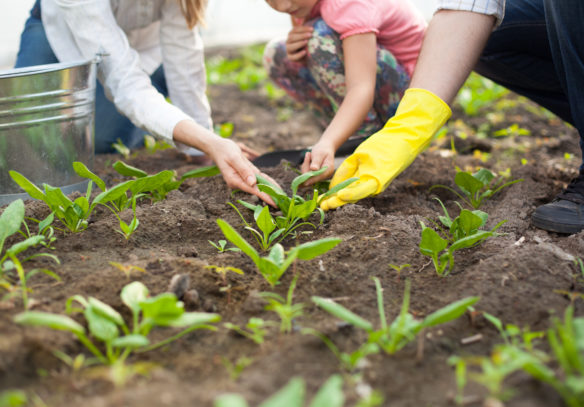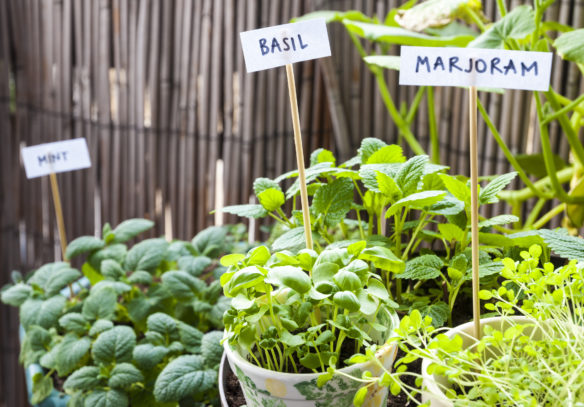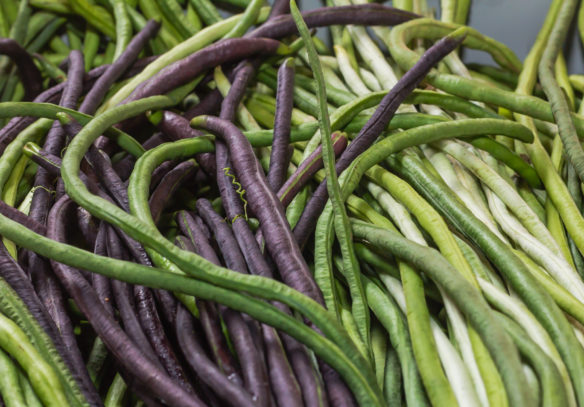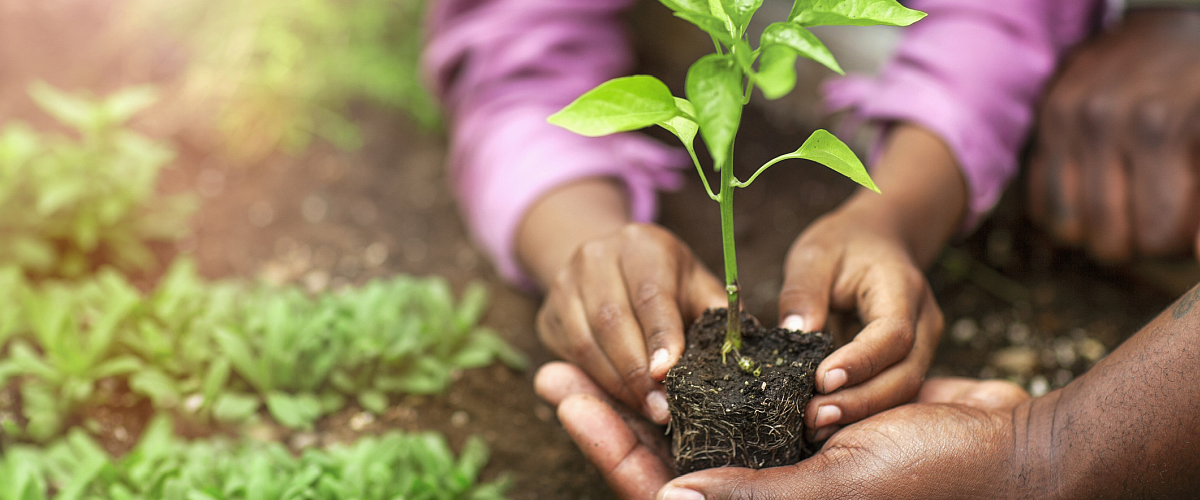
Getting our kids to eat their vegetables can be a battle. Parents everywhere have long resorted to all sorts of tricks to try to convince our children to eat one more bite (or maybe two). But no matter how clever the tricks, or how convincing the parent – somehow our little ones often leave the table with more veggies on their plate (or somewhere else) than in their tummies. Fortunately, there are ways we can help our kids develop healthy eating habits before they even get to the kitchen – and one of those ways is rooted in the soil outside our homes.
Growing food in a home garden helps kids and parents alike connect to the earth, exercise and have fun. Plus, research suggests that children who grow food may increase their preferences for vegetables. While growing food might seem like a big undertaking, even a simple, small garden can have an impact.

Here are some tips for making a home garden that much easier for you and your family:
- Grow up, not out – Having just a small space doesn’t mean you can’t grow vegetables. Use a trellis (or even a fence!) and select vegetables that will climb it, like pole beans or vining veggies like cucumbers and tomatoes. Even a small space can provide the main ingredients for a tasty gazpacho. You can also use square foot gardening techniques to grow vegetables in a small space without a trellis.
- Match your vegetables to your resources – Do you have a balcony or porch instead of a yard? You may be surprised at how much you can grow in just a couple pots. Try cherry or bush tomatoes, peppers, eggplant or herbs. Short on sun? If you don’t have the six hours of daily sun most vegetables prefer, you can still grow salad greens like leaf lettuce or arugula, leafy greens like spinach or kale, and many herbs. One rule of (green) thumb is that if we grow a plant for the fruit or the root, it usually needs full sun, but if we grow it for leaves, stems or buds, partial shade is usually okay.
- Choose fun veggie varieties – Have you ever heard of yardlong beans or purple beans? What about pear tomatoes or sun gold tomatoes? Allowing kids to pick interesting varieties of traditional veggies can make these healthy foods more appealing to eat. You can even plant a themed garden, filled with plants for that theme. Try a salsa garden (and grow ingredients for fresh salsa) or a pizza garden (for veggie pizza).

- Don’t stress – Easier said than done, right? But we can spend hours researching the perfect growing techniques and measuring the placement and depth of each seed – or we can place some seeds or seedlings in the ground, water them, and see what happens. Remember, plants want to grow. A low maintenance garden might not provide as high a yield as one that’s more tended to, but it will still provide healthy, fresh vegetables.
Growing food with your child – whether in your backyard, in a community garden or in a pot – can help them develop healthy eating habits and actually enjoy their veggies! For more resources and guidance on starting a home garden, visit your local garden store or check out the USDA’s comprehensive yet simple guide for preparing, planting, and maintaining a kid-friendly garden.
Note: Since everyone’s health history and nutritional needs are so different, please make sure that you talk with your doctor and a registered dietitian to get advice about the diet and exercise plan that‘s right for you.
Note: Since everyone’s health history and nutritional needs are so different, please make sure that you talk with your doctor and a registered dietitian to get advice about the diet and exercise plan that‘s right for you.

